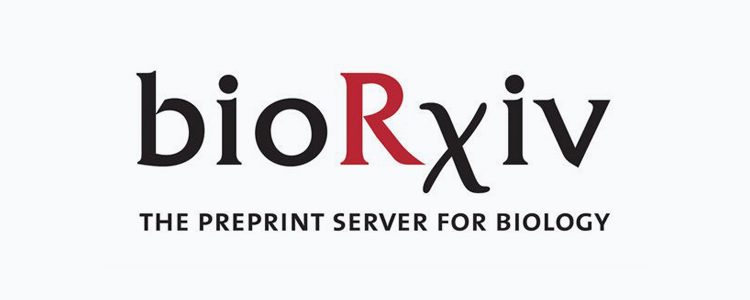B2J: A New Submission Route for BioRxiv

Researchers are heading in a new direction in the attempt to publish their scientific research papers. Given the time involved in the peer review process, submissions going back and forth between publisher and author(s), and the stress on reviewers to accommodate the thousands of papers submitted, researchers are now seeking a new and more efficient method by which to publish. One method that has become popular with scientists is submitting unpublished manuscripts directly online without a peer review process. To accommodate this, a repository, arXiv, was created at Cornell University Library in 1991. arXiv covers all areas of mathematics and science, including computer science. In order to streamline the process, a biologist’s version of this repository, bioRxiv, was created and launched in 2013 by Cold Spring Harbor Laboratory specifically for biomedical research.
BioRxiv and B2J
According to a recent article, bioRxiv had published 108 papers in 2013 and 4,713 papers by 2016. Today, the site hosts more than 10,000 papers from 55,000 authors. More than 90 countries are on board with this service. These are open-access, non peer–reviewed research papers made available to anyone. In keeping with the objectives of the scientific community, and specifically its research goals, open-access publishing allows anyone to read the latest developments in science. This major boon to the industry ensures the dissemination of information to everyone and not just a select few or those who are willing to pay for access. In addition, anyone accessing the papers has the ability to add online comments, which also promotes the open exchange of ideas. Each published article in the bioRxiv system is categorized into one of three classifications as follows:
- New results: Most contain new results so this is the largest category.
- Confirmatory results: Research that confirms existing results of other research.
- Contradictory results: Often the most interesting and allows for opportunity or debate.
Although publishers typically do not allow a paper to be submitted or published in more than one journal, many are accepting these bioRxiv preprints as new information or allowing authors to submit them directly to other journals. In addition, other studies can cite them using their DOIs. With a newly created bioRxiv submission service called B2J, those using the bioRxiv system can easily upload their preprints to any number of journals who participate. According to an article in Crosstalk, two pioneering journals, Cell Reports and Structure, are now participating in this service and welcoming feedback from users.
Support and Benefits
BioRxiv is supported by ASAPbio, which was organized in 2015 to facilitate speedy dissemination of scientific information. The major funders are the Alfred P. Sloan Foundation, Gordon and Betty Moore Foundation, Laura and John Arnold Foundation, and Simons Foundation. These funders support the effort because they recognize the following benefits of preprints in an open-access forum:
- No submission fees: Can be $1,000 to $4,000 for one manuscript.\
- Free access: Increases readership and dissemination of information.
- More efficient: Less time between study completion and published results.
- Open exchanges: Comments and information can be exchanged.
In April 2017, bioRxiv received funding from the Chan Zuckerberg Initiative whose goals are to advance human potential and promote equal opportunity. This grant will be used to fund bioRxiv’s staff, technology, and infrastructure.
The only criticism of the bioRxiv process is the lack of peer review; however, the peer review process has its flaws and is not always without bias. This new process allows peers to provide feedback and the author to make revisions accordingly.










